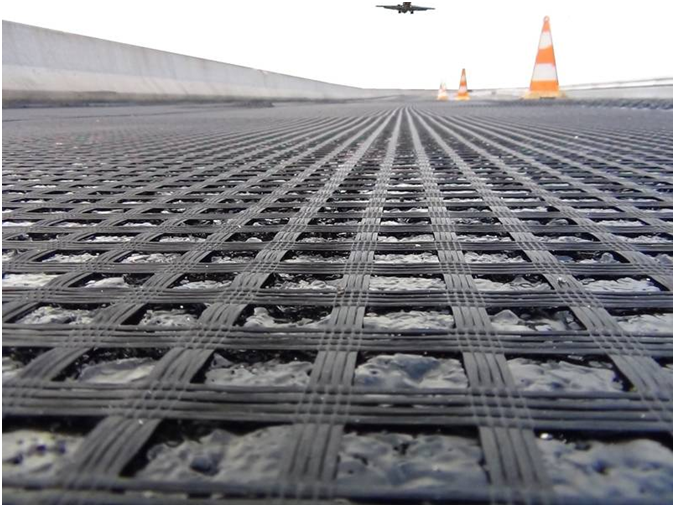Causes and treatment of water leakage in underground deformation joints
A. Reason analysis:
1. Before the concrete is poured, the water stop belt in the deformation joint is not taken to be feasible or the fixing method is improper. After the concrete is poured, the position of the water stop belt is inaccurate, and it is often squeezed by the concrete. The water stop belt is twisted, curled and even extruded outside the wall. Therefore, the water stop band does not function to stop water and adapt to deformation.
2. The joint of the water stop joint is not well bonded, and it is in a falling or semi-shed state, and cannot form a closed waterproof ring; in addition, because the water stop is located in the middle of the deformation joint, such as being broken by a hard object, or water It is not appropriate to select the position of the strap connector.
3. Some due to improper concrete mix ratio, the shrinkage coefficient is large, resulting in the concrete wrapping of the water-stopping wing is not strict, especially under the water stop belt at the bottom plate part and the corner, because the concrete vibrating is not strict, even leaving a gap It becomes a passage for leaking water, and the pressurized water leaks along the gap between the two wings of the water stop and the concrete.
4. Due to the uneven settlement of the foundation, the building is deformed, so that the waterstop is pulled over the limit, causing leakage.
5. Some construction units use water glass and cement to fill the leaking water, and some use the plugging spirit to fill and compact, and also use polymer cement mortar and so on. These simple treatment methods are rigid, have low tensile strength, and are not suitable for structural deformation, and water seepage still occurs.
B. Preventive measures:
For the concrete pouring at the deformation joint, the installation and fixing of the water stop belt, the control of the width, the treatment of the joint filling, the treatment of the sealing joint, etc., it is necessary to carry out the technical disclosure, and at the same time, a special person is responsible for checking the implementation and acceptance, to ensure Implementation of construction design.
C, processing method:
1. Manually clean the base surface, the construction scope is 400mm wide on both sides of the original deformation joint, and the original embedded material (cement grease, asphalt hemp) in the deformation joint is cleaned;
2. The base surface of both sides of the seam is cut to a width of about 80~100mm;
3. Use hemp (5~10 thick) to pre-embed the lower part of the expansion joint of the bottom plate, close to the rubber water-stopping tape, select the φ8@400~450mm aluminum grouting nozzle with the quick-hard micro-expansion cement, and then seal the water-soluble grout. Water treatment
4. The polymer cement mortar is embedded in the groove of the batch gap, and the base surfaces on both sides of the seam are flattened (note: the width of the seam is 39mm, the error is minus 1mm);
5. After the above project has reached a certain level of strength, use φ40mm water-expanding rubber rod to insert into the reserved seam; (Note: the original preset foam board should be cleaned during construction.)
6. The 60×40mm polystyrene foam board is used as a cushion layer embedded in the deformation joint and pressed against the water-expanding rubber rod surface;
7. The two-component polyurethane building sealant is selected for sealing treatment in the joint, and the construction thickness is 30mm.
8. Insert a 60×40mm polystyrene foam board as a cushion layer into the deformation joint and press the polyurethane construction sealant surface tightly;
9. Use 2.0mm thick rubber blended waterproofing membrane to paste the sealing seam surface, the construction width is 350mm (including deformation joint), and the appropriate deformation allowance is reserved in the seam, and the 50mm wide single-sided isobutyl adhesive tape is sealed. Note: the base surface is required to be flat, compact, and powder-free;
10. Use 3mm thick rubber plate as waterproofing membrane cushion, and the construction method is empty;
11. Use 2mm thick stainless steel plate as wall protection layer, the actual width is 400mm, the plane is 300mm, and it is pre-made into "U" type plate, and it is connected with ç ¼ by expansion screws.
Fiberglass Geogrid
Fiberglass Pavement Mesh is a product that uses a continuous coating of fiberglass as an ideal highway pavement reinforcement.
Pavement Geogrid is characterized by high tensile strength in both axial and lateral direction, low stretch rate, high temperature-resistance, alkali-resistance, easy construction, and low price. Warp knitted Fiberglass Geogrid can be used on pitch pavement, bituminous concrete pavement, and cement pavement to prevent cracks and prolong pavement service life. It also can be used as basal reinforcement material on hillsides, reservoirs, harbours, ports, water channels and sea walls.
Specification:
Mesh Size:12.7mmx12.7mm, 25.4mmx25.4mm, 30mmx30mm, 40mmx40mm, 50mmx50mm etc.
Tensile Strength: 20X20kn to 400knx400kn
Width: 1m to 6m
Roll length: 50m or 100m
Elongation:<=3%
Certificate: CE, SGS, ITB

Fiberglass Geogrid
Warp Knitted Fiberglass Geogrid,Pavement Geogrid,Glass Fiber Geogrid,Biaxial Fiberglass Geogrid
Yangzhou Jiangdu Chenguang Special Equipment Factory , http://www.siliconebakingmats.com
